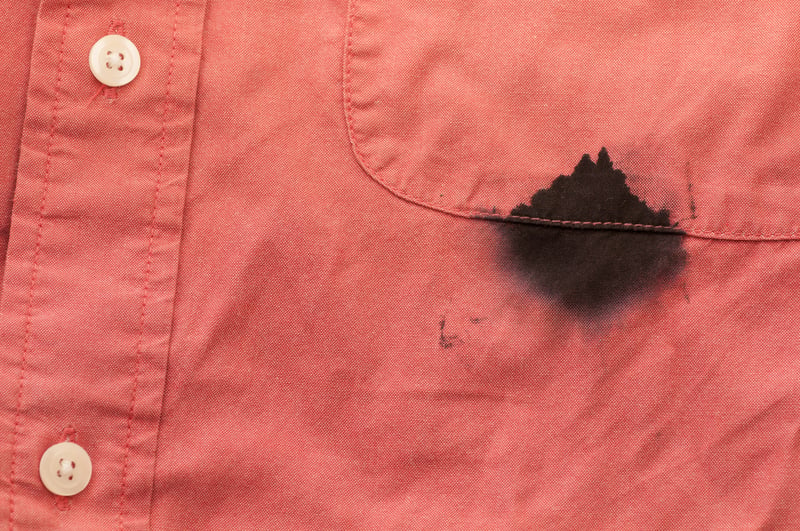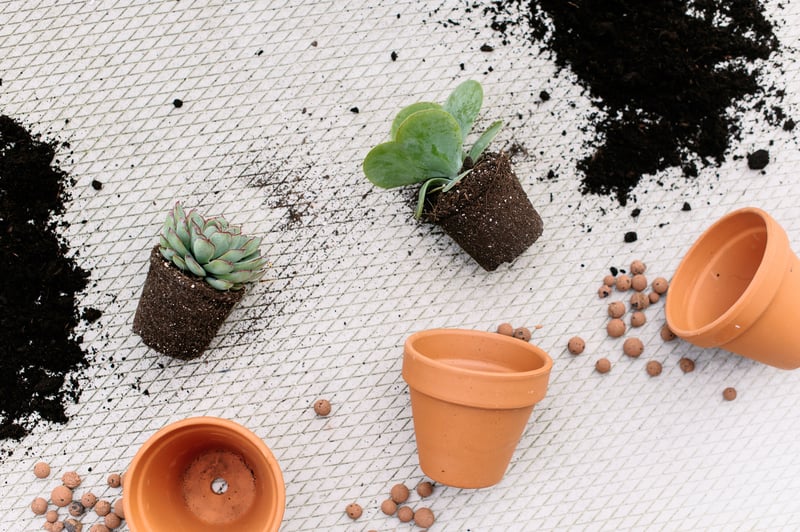White Vinegar for Carpet Stains
Posted on 01/01/2025
White vinegar, also known as distilled vinegar, is a versatile household product that is widely used for cleaning purposes. It is produced through the fermentation of distilled alcohol, resulting in a solution with 4-7% acetic acid and the rest mostly water. This slightly acidic solution is powerful enough to dissolve mineral deposits, dirt, grease, and even bacteria. In this article, we will explore how to use white vinegar to remove carpet stains effectively.
Why Use White Vinegar for Carpet Stains?
The popularity of white vinegar for cleaning carpets stems from several compelling reasons:
1. Non-Toxic and Environmentally Friendly: White vinegar is an excellent alternative to chemical-laden commercial cleaning products. It is eco-friendly and safe for both humans and pets.
2. Cost-Effective: Compared to specialized carpet cleaners, white vinegar is a budget-friendly option. A large bottle can last you through multiple cleaning sessions.
3. Powerful Cleaning Agent: The acidity of white vinegar makes it effective at breaking down stains and lifting them from the carpet fibers.
4. Deodorizing Properties: White vinegar not only cleans but also neutralizes odors, making it perfect for removing pet smells or food-related odors from your carpet.

Types of Carpet Stains White Vinegar Can Remove
Before diving into the methods of using white vinegar, it's essential to understand the types of stains it can effectively tackle:
1. Food and Drink Stains: Coffee, wine, juice, and other beverage stains can often be removed with a vinegar solution.
2. Pet Stains: Accidents caused by pets, such as urine, can be neutralized and cleaned.
3. Mold and Mildew: The antifungal properties of white vinegar make it effective against mold and mildew growth.
4. Ink Stains: Although more challenging, some ink stains can be tackled with a vinegar mixture.
5. General Dirt and Grime: Everyday dirt and spills can be efficiently cleaned with white vinegar.
How to Prepare a White Vinegar Cleaning Solution
Creating a white vinegar solution for carpet cleaning is simple and straightforward. Here are different recipes for diverse types of stains:
1. Basic Vinegar Solution: Mix equal parts of white vinegar and water. This mixture works well for most food and drink stains.
2. Vinegar and Baking Soda Paste: Combine 1/2 cup of vinegar with 1/4 cup of baking soda to create a paste. This is ideal for tougher stains.
3. Vinegar and Dish Soap Solution: Mix one tablespoon of vinegar, one tablespoon of dish soap, and two cups of warm water. This combination works well for grease stains.
4. Vinegar and Hydrogen Peroxide: For extremely stubborn stains, combine 1/4 cup of white vinegar with 1/4 cup of hydrogen peroxide. Handle this mixture with care and test it in an inconspicuous area first.
Step-by-Step Guide to Cleaning Carpet Stains with White Vinegar
Follow these steps to effectively remove carpet stains using your homemade white vinegar solution:
1. Blot the Stain: Use a clean cloth to blot the stained area gently. Avoid rubbing, as this can push the stain deeper into the carpet fibers.
2. Apply the Vinegar Solution: Pour or spray a small amount of the vinegar solution onto the stain. Ensure the stained area is adequately saturated but not soaked.
3. Let It Sit: Allow the solution to sit for 5-10 minutes. This gives the vinegar time to break down the stain.
4. Blot Again: Use a dry, clean cloth to blot the area, absorbing the vinegar solution and the loosened stain.
5. Rinse with Water: Dampen another cloth with water and blot the stained area again to remove any vinegar residue.
6. Dry the Carpet: Finally, use a dry towel to remove excess moisture and let the carpet air dry completely. You can use a fan to speed up the drying process.
Precautions and Tips
While white vinegar is generally safe and effective, some precautions and tips can help you get the best results:
1. Test in an Inconspicuous Area: Always test the vinegar solution on a small, hidden area of the carpet to ensure it doesn't cause any discoloration.
2. Use White Cloths: Colored cloths can transfer dye to the carpet. Always use white or color-fast cloths for blotting.
3. Avoid Over-Saturation: Excessive moisture can lead to mold and mildew growth, so be careful not to over-saturate your carpet.
4. Repeat if Necessary: Stubborn stains might require multiple applications. Be patient and repeat the process if needed.
5. Avoid Combining Vinegar and Bleach: This combination can produce toxic fumes, so never mix the two.

Alternative Uses of White Vinegar in Carpet Care
White vinegar's usefulness extends beyond just treating stains. Here are some additional ways to use white vinegar for maintaining your carpet:
1. Deodorizing the Carpet: Mix equal parts of white vinegar and water in a spray bottle and lightly mist over the carpet. Allow it to dry to neutralize any lingering odors.
2. Cleaning Carpet Machines: If you use a carpet cleaning machine, adding a cup of white vinegar to the water reservoir can enhance the machine's cleaning power.
3. Removing Pet Odors: Besides stains, pet accidents can leave odors. Sprinkle baking soda over the affected area, spray with a vinegar solution, and let it sit before vacuuming up.
Conclusion
White vinegar is a versatile, effective, and eco-friendly solution for tackling carpet stains. Its ability to break down a variety of stains and neutralize odors makes it a valuable addition to your cleaning arsenal. By preparing the right vinegar solution and following the detailed steps outlined in this article, you can ensure your carpets remain clean and fresh without the need for harsh chemicals. Always remember to test the solution on a small section of your carpet first and avoid over-saturating to maintain your carpet's integrity. With white vinegar, maintaining a spotless carpet becomes a straightforward and economical task.







